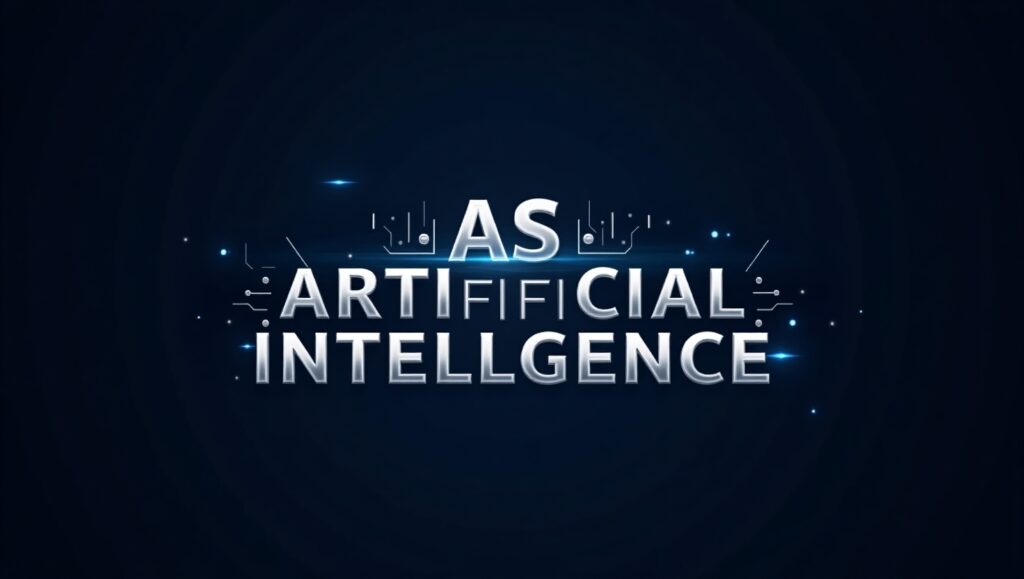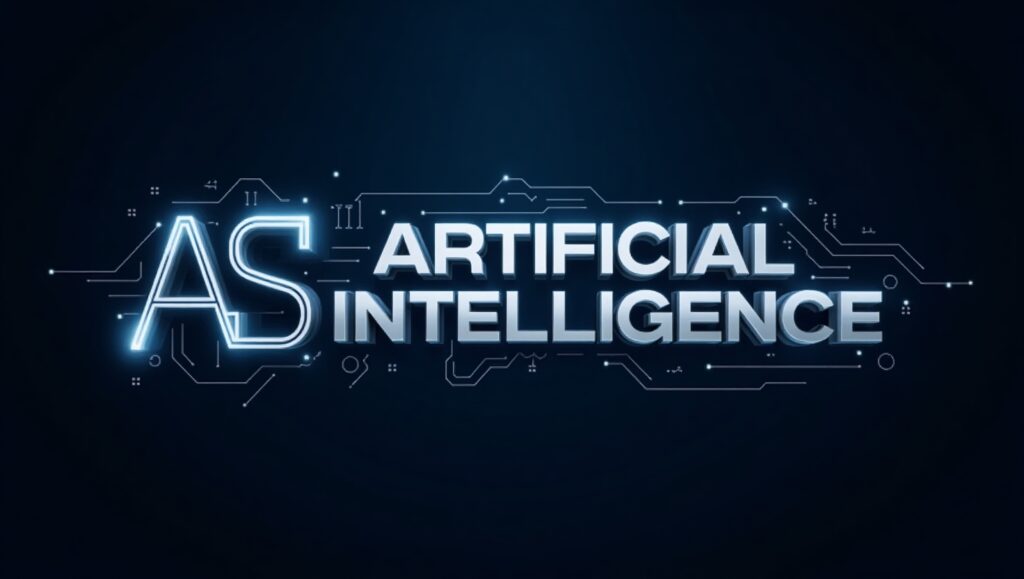Artificial intelligence (AI) keeps becoming better and better, US policymakers have made a big step to make sure that this powerful technology is handled in a safe way. The AI Regulation Bill USA, which was recently introduced, aims to set tight rules and legal frameworks for the creation, usage, and deployment of AI in all areas.
This article explains what the AI Regulation Bill is all about, why it matters, and how it will effect regular people, tech businesses, and government agencies.

🔍 What is the USA AI Regulation Bill?
The AI Regulation Bill, which was introduced in the middle of 2025, is a bipartisan initiative to provide rules for AI technologies in the US. It wants to make laws that say how AI systems should be used in a fair, open, and responsible way, especially those that could affect people’s safety, privacy, and civil rights.
The law deals with people’s growing worries about
exploitation, bias in algorithms, job loss due to automation, and the lack of control in AI development. The U.S. version is based on the European Union’s AI Act but is made to match the American tech industry and regulatory system.
🧠 Important Parts of the AI Regulation Bill
The AI Regulation Bill is very extensive and covers a lot of ground. Here are the most important parts:
- AI Risk Levels and Classification
We will put AI systems into groups based on how risky they are: Low risk: recommendation engines and chatbots Medium risk: using AI in hiring or financing Facial recognition, medical AI, and law enforcement capabilities are all very risky. High-risk AI will be closely watched by regulators, who will require audits and certification. - Openness What you need
Companies must tell people: The information they utilized to teach their AI If consumers are talking to AI or a person Any possible problems or hazards with the AI system - Audits of bias and fairness
Companies will have to do frequent audits to find and get rid of bias, especially in important s based like healthcare, policing, and hiring. - Getting User Permission and Keeping Their Privacy Safe
The bill says that you have to get clear permission from users before gathering their personal information for AI training. The law also contains stronger protections from the AI and Privacy Rights Act. - AI Innovation Sandbox
📅 What’s Next?
- AI has already changed how we live in many ways, such as with voice assistants, self-driving cars, fraud detection, and predictive analytics. But AI that isn’t regulated is quite dangerous, and some of the hazards are: Discrimination in decisions about hiring or lending Deepfakes spread false information Unauthorized watching Jobs lost because of automation The AI Regulation Bill wants to foster confidence in the public, encourage ethical innovation, and stop people from using AI technologies in bad ways. 📉
Effects on Tech Firms and New Businesses
The bill means that big tech companies like Google, Microsoft, and OpenAI will have to change their current AI technologies to meet new rules. This could mean changing algorithms, retraining models, or letting the government look at them. Startups may feel pressure because of the costs of compliance, but the AI Innovation Sandbox gives them more freedom. To find a balance between regulation and innovation, it is also suggested that the federal government give money and support to ethical AI research. 👨👩👧👦AI Innovation Sandbox
The AI Regulation Bill makes guarantee that regular users: Being open when working with AI Having control over your own data AI-powered services like healthcare or education are safer now. It also protects consumers’ rights by letting them contest automated judgments, as when an AI says no to a loan or a job offer. 🌐 Effects around the world
The U.S. AI Regulation Bill might be the first step in regulating AI around the world. America is a leader in technology, therefore its policies may affect worldwide standards. This might lead to countries adopting comparable frameworks and working together on AI problems that cross borders.
The law is being looked at by a committee right now, and there will be debates about it all through July 2025. Civil rights groups, internet watchdogs, and leaders in the business world are all working to get improvements made. If the final vote goes through, enforcement would start in early 2026.




